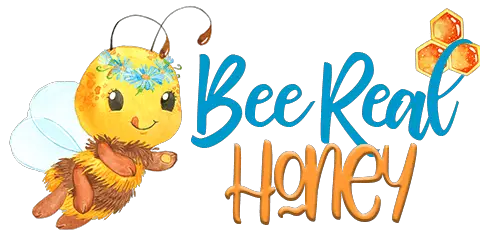*This post may have affiliate links, which means I may receive commissions if you choose to purchase through links I provide (at no extra cost to you). As an Amazon Associate I earn from qualifying purchases. Please read my disclaimer for additional details..
We need to take bees seriously! Bees are not just mundane insects buzzing around. Bees do a lot than just making honey. They effortlessly perform the job that makes up one out of every three bites of food we eat — Pollination.
They transfer the precious pollen grains from one flower to another which consequently produces fruits and seeds.

Table of Contents
How Does Pollination Work?
Before getting to the process, knowing what pollination means is very important.
Almost every flower consists of a male reproductive part known as the stamen and a female reproductive part known as the pistil. The tiny grains that do the magic are known as the pollen grains. These pollen grains are an important part of the stamen.
When these pollen grains fuse with the egg they carry out fertilization. As a result, fruit is produced. The most crucial step in the process of fertilization and fruit development is the transfer of pollen grain from the stamen to the pistil, known as pollination.
Pollination can occur through living and non-living means.
- Non-living or abiotic pollination can be carried out through wind, water, or rain. In the areas undergoing climatic changes and the unavailability of pollinators, pollination usually occurs through abiotic means.
- The other method of pollination is by living agents — Pollinators or Pollen Vectors. There are various pollinators including moths, butterflies, bees, birds, and bats. Bees are the best and the most effortless pollinators. These living beings carry the pollen from the stamen of one flower to the pistil of another flower.
Without these non-living means and living pollinating agents, fertilization and consequent fruit production would not be possible.
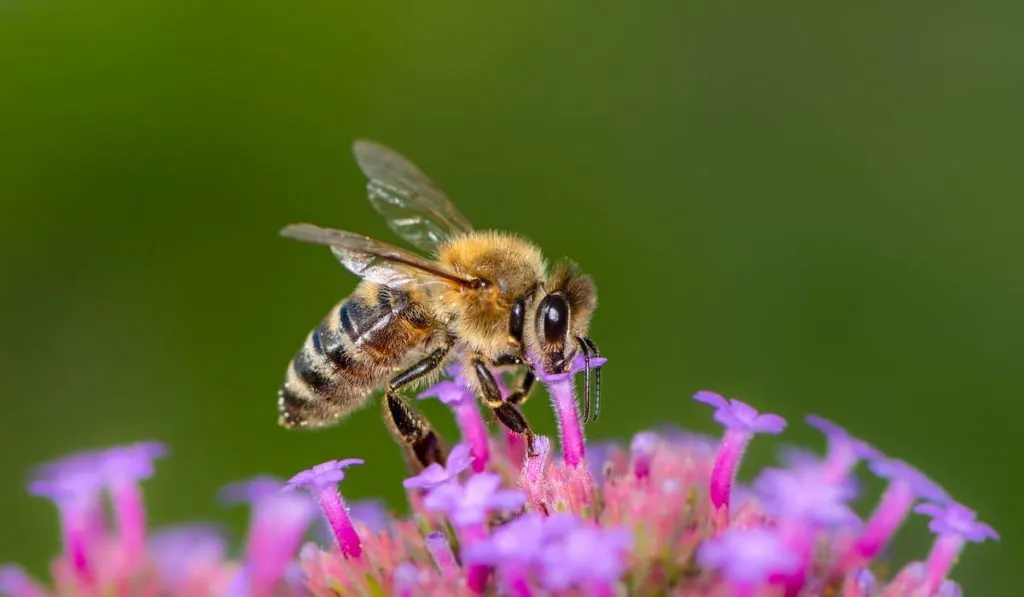
What Makes Bees The Best Pollinators?
Every method used to carry out pollination has its pros and cons. But some have a higher success rate which makes them the best method of pollination. Out of all the pollinators, bees are by far the best. They provide the highest rate of successful pollination.
Let’s have a look at the features that make bees the best pollinator.
Bees and flowers have a very special connection. Bees cannot do without flowers and vice versa. Bees need to visit the flower for collecting nectar that provides an additional benefit to the flower—pollination.
While sucking nectar from the flower, the pollen grains get stuck in the bee’s body then travel to other flowers with the bee.
Certain specialized physical features make some bees better pollinators than others. The hair on the bee’s body especially the legs is the site of pollen attachment. So having a more furry body and legs proves to be advantageous for that species as compared to others.
Having a body size complementing a particular flower species is also a plus. This makes it easier for the bee to enter a particular flower and reach the pollen grains and stamen.
3 Best Bees for Pollination
Not every bee species is good for pollination. Here are the top 3 bee types that have excellent pollinating capabilities.
Honey Bees
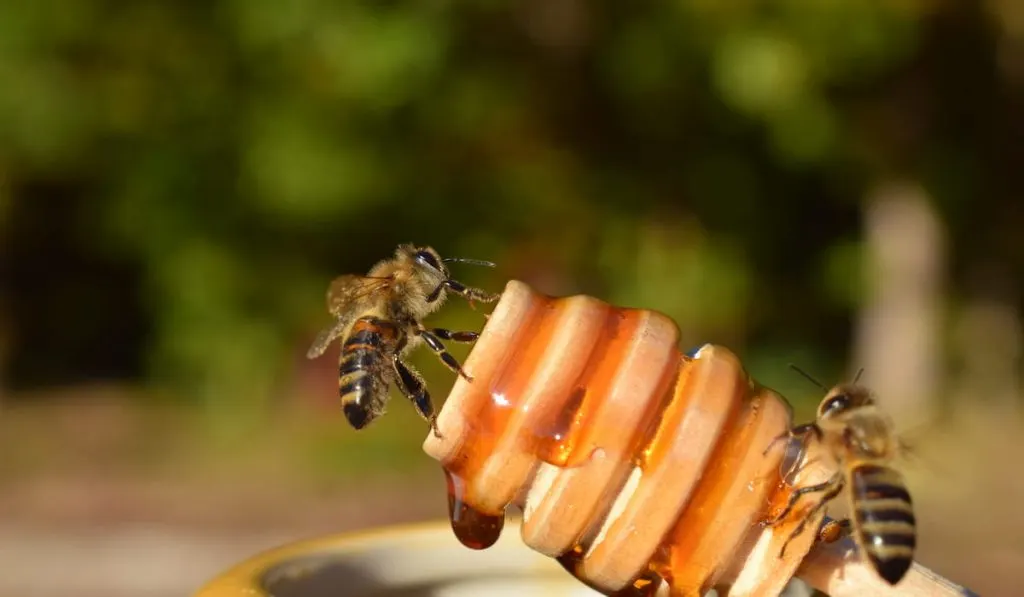
Honey bees are by far the best pollinators. They spend almost all their life collecting nectar and making honey. Humans also benefit from this. First by obtaining honey and second in the form of crops that depend on these bees for pollination.
Honey bees need to keep on visiting flowers all their life, to collect nectar. They utilize this nectar in making honey to feed the young ones and the queen bee.
During nectar collection, pollen grains get attached to their body by electrostatic forces and travel to every flower the bee goes next.
The contributing factors in making honey bees the best pollinators include their physical features plus their constant need to visit flowers.
Their extra furry legs provide an extra surface area for the pollens to get attached. In this way, the pollens reach exactly where they need to be.
The frequency of honey bees visiting flowers is also very important. Their constant need of feeding the young ones and the queen bee keep them coming to the flowers. In this way more and more flowers get pollinated.
Crops like blueberries, cherries, and apples are 90% dependent on honey bee pollination.
Solitary Bees
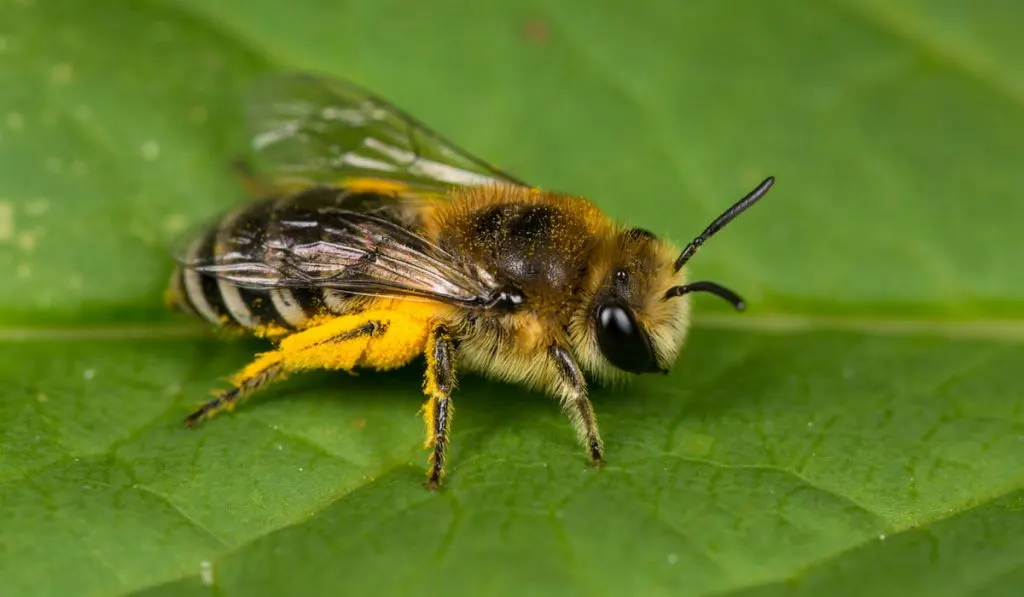
Pollination is not only confined to honey bees. Other bee types also have a major contribution in pollinating various other crops. Solitary bees are the most important pollinators for many crops including potato, onion, celery, mustard, and broccoli.
As their name suggests, solitary bees live a very different life from that of honey bees. They live alone, unlike social bees.
Living alone means they do not need to make hives. Then where do solitary bees live? Solitary bees live in tunnels and burrows, with some in holes in stems and logs. Due to this, they are also known as hole-nesting bees.
Solitary bees are different, not just in terms of their nest but also because of their lifestyle. Living alone means no division of labor. Each female bee has to do everything on her own.
Everything needs to be done all alone from building a nest to laying eggs to collecting nectar.
The most common solitary species include leafcutter bees and the blue mason bees.
Bumble Bees
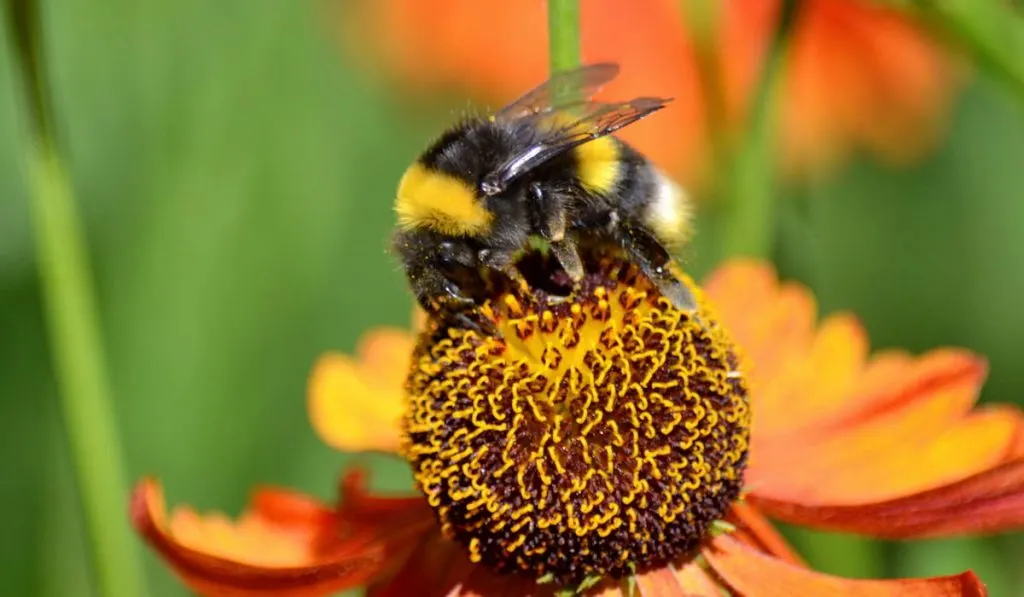
The third most important pollinators are bumblebees. They are larger than honey bees. Their body size combined with their fast-beating wings is all that it takes to be an excellent pollinator.
Bumblebees also live in hives just like honey bees. Queen bee, the most crucial family member, keeps the cycle going on even if the colony dies.
Bumblebees are responsible for pollinating several crops including kiwi fruit, potato, cashew, strawberry, Brazil nut, and all the different peppers.
